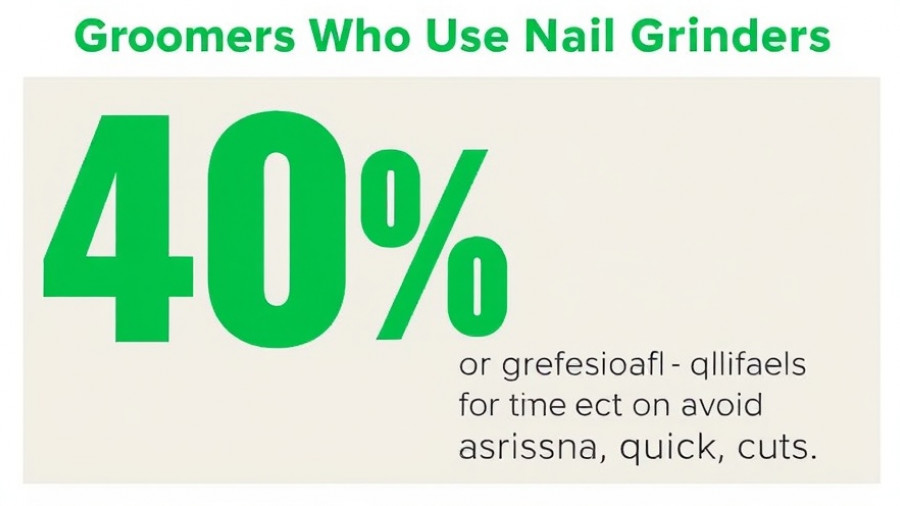
Understanding the Role of Dog Prong Collars with Rubber Tips
For many dog owners struggling with leash manners, prong collars with rubber tips are becoming increasingly popular, recognized as a gentler alternative to traditional prong collars. These collars are designed with a series of blunt prongs that pinch the loose skin around a dog's neck but are covered in rubber tips, which help minimize discomfort while still providing effective training cues.
The Mechanism Behind Rubber-Tipped Prong Collars
The primary mechanism of the prong collar is to apply pressure evenly around the dog's neck when pressure is exerted on the leash. This is crucial for dog training, particularly for breeds that tend to pull. The rubber tips soften the sensation, providing a less harsh alternative compared to metal prongs. This feature not only helps in discouraging pulling behavior but also reduces the risk of potential injuries that other collar types could inflict on a dog’s trachea.
Common Misconceptions and Realities
Despite their growing popularity, misconceptions about prong collars persist. Many individuals view these collars as cruel tools for punishment, failing to recognize their role when used correctly. Just like a mother dog uses a corrective nip to guide her puppies, prong collars aim to replicate this common canine behavior. Additionally, the rubber tips lessen any discomfort, making them a humane option when employed responsibly.
Who Should Avoid Prong Collars?
Prong collars are not suitable for every canine. Puppies, dogs with sensitive necks, or those with respiratory issues should avoid them, as the tightness may exacerbate existing conditions. Always consult with a professional trainer prior to introducing this training tool to your dog. This step helps ensure that the collar aligns with your dog's specific training needs and health conditions.
Proper Fitting Techniques for Safe Use
Accurate fitting of the prong collar is essential for effective use. To fit the collar correctly, measure your dog's neck precisely and adjust the collar so that it fits snugly without causing discomfort. A well-fitted collar should allow for a little room to breathe and should not restrict movement.
Transitioning from Prong Collars to Positive Reinforcement
While prong collars can be effective training tools, they should serve as temporary aids rather than permanent solutions. It is essential to transition to positive reinforcement techniques as your dog learns to walk politely on a leash. This shift is crucial for long-term behavior modification and healthy development.
Final Thoughts on Responsible Dog Training
The journey of dog training is multifaceted, and understanding how to use various tools effectively is part of it. Prong collars with rubber tips stand out as a gentler option for correcting undesirable behaviors when employed correctly and humanely. Proper education, fitting, and a shift toward positive reinforcement can greatly enhance the training experience and ensure a happy, well-adjusted dog.
In conclusion, prong collars with rubber tips can be a constructive addition to your training toolkit if used properly. Ensure that you remain informed and consult professionals throughout the training process, promoting the best outcomes for you and your furry companion.
 Add Row
Add Row  Add
Add 




Write A Comment